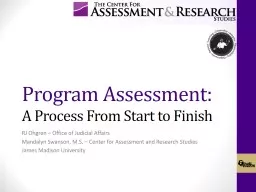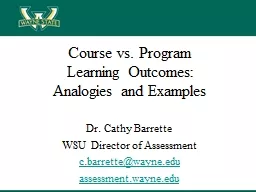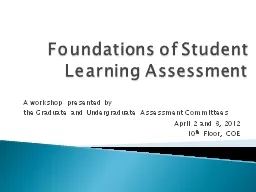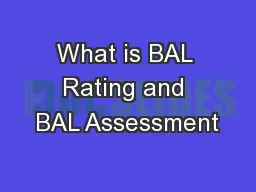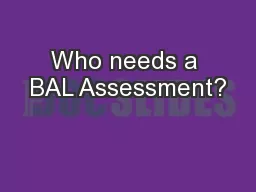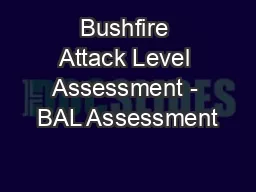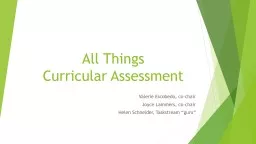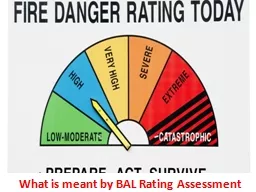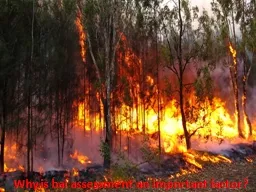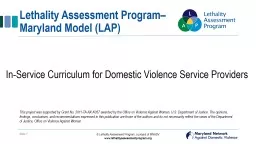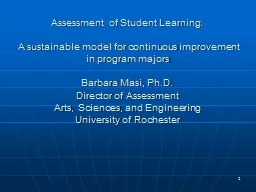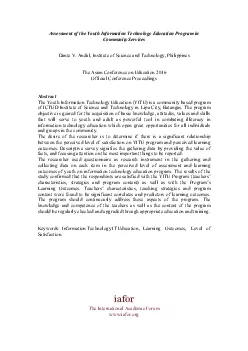PPT-Program Assessment:
Author : lois-ondreau | Published Date : 2019-11-22
Program Assessment A Process From Start to Finish RJ Ohgren Office of Judicial Affairs Mandalyn Swanson MS Center for Assessment and Research Studies James Madison
Presentation Embed Code
Download Presentation
Download Presentation The PPT/PDF document "Program Assessment:" is the property of its rightful owner. Permission is granted to download and print the materials on this website for personal, non-commercial use only, and to display it on your personal computer provided you do not modify the materials and that you retain all copyright notices contained in the materials. By downloading content from our website, you accept the terms of this agreement.
Program Assessment:: Transcript
Download Rules Of Document
"Program Assessment:"The content belongs to its owner. You may download and print it for personal use, without modification, and keep all copyright notices. By downloading, you agree to these terms.
Related Documents

